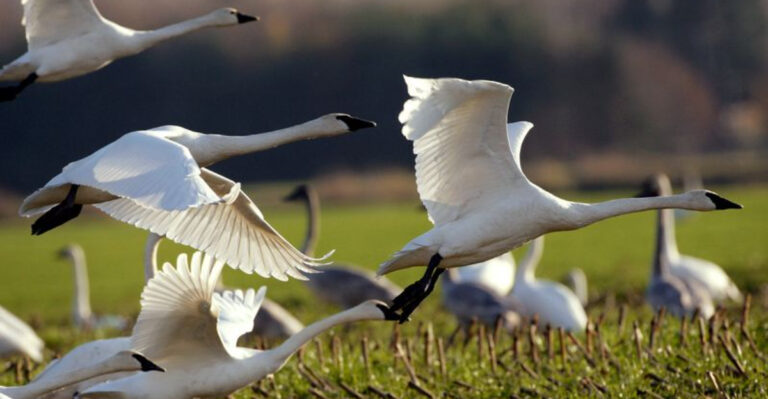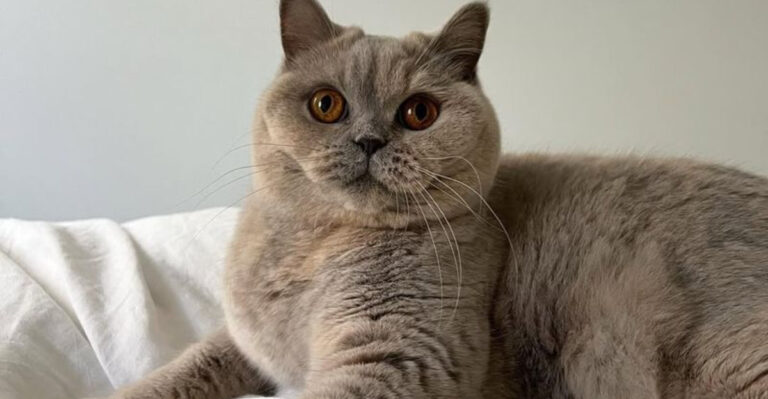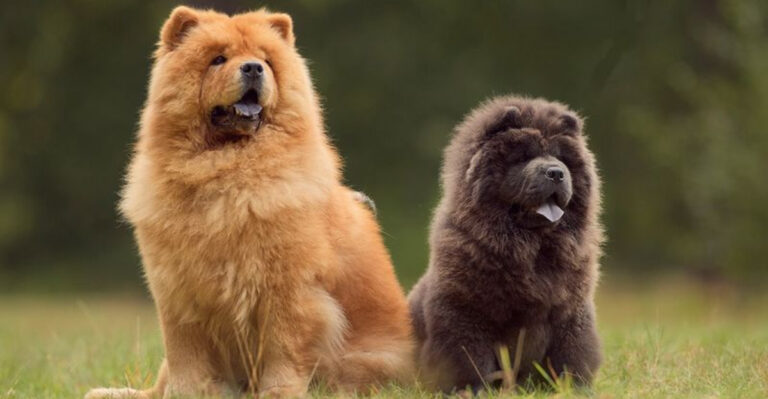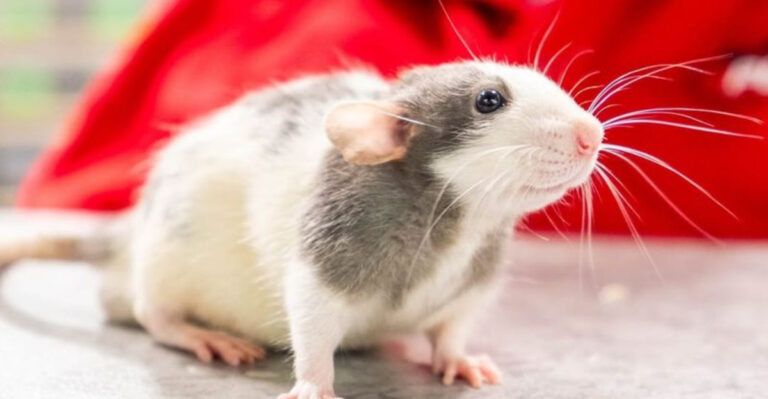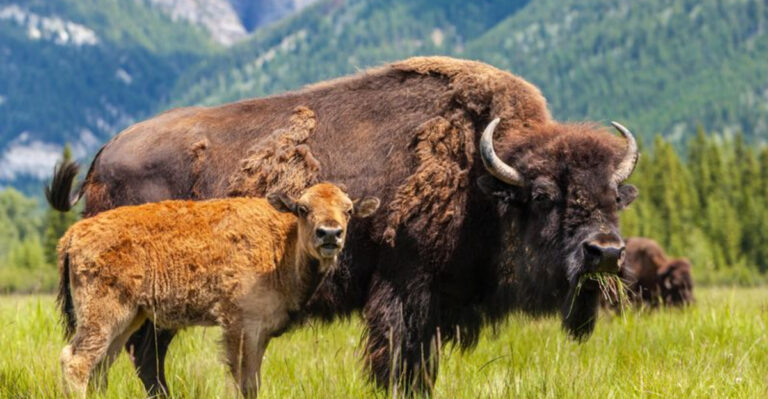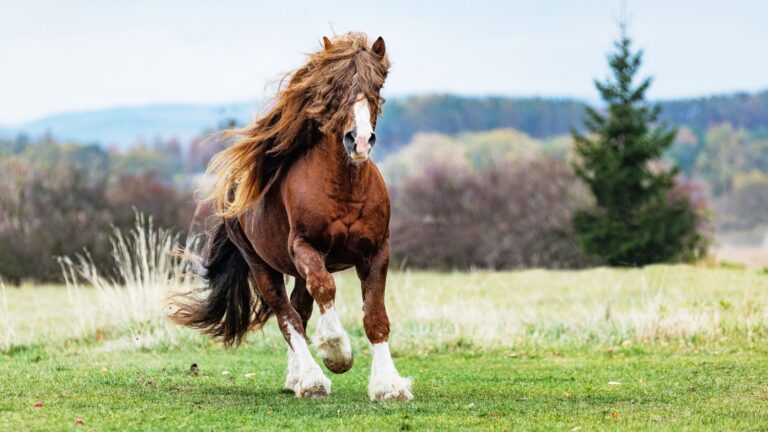Why And How Do Owls Turn Their Heads 360 Degrees? 6 Fascinating Answers
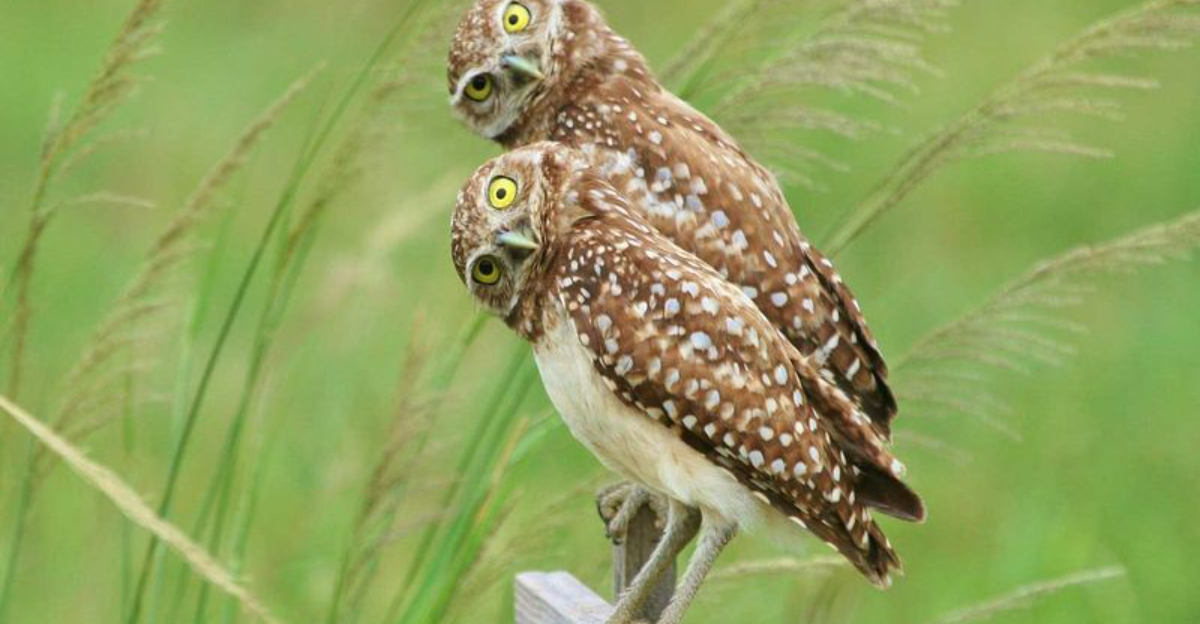
Owls have long fascinated humans with their ability to rotate their heads seemingly all the way around. This captivating feature has sparked curiosity and intrigue, leading many to wonder how these birds achieve such extraordinary flexibility.
While it might look like they can perform a complete 360-degree spin, the truth is slightly different and even more fascinating. Their head-turning ability is a marvel of natural engineering, combining unique anatomical adaptations and evolutionary traits.
Today, we’ll explore some fascinating reasons and mechanisms behind owls’ incredible head rotation ability. Prepare to uncover the secrets of these enigmatic creatures!
1. Flexible Neck Structure
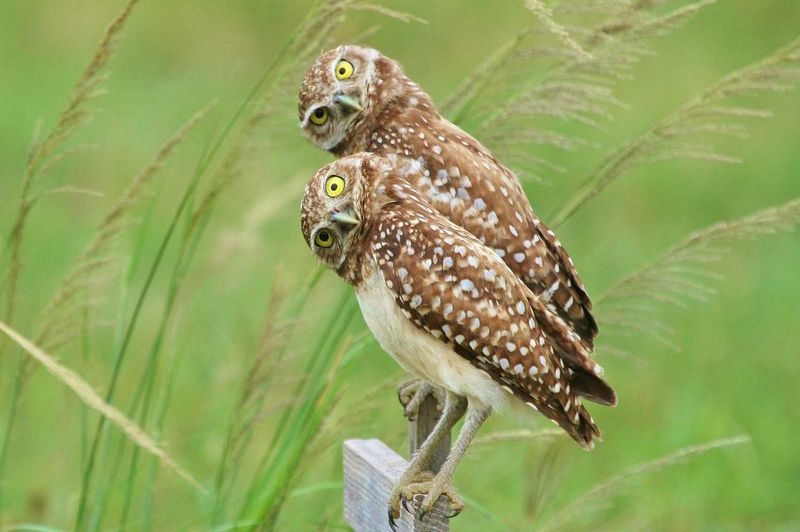
Owls possess an extraordinary flexible neck structure that enables their iconic head rotation, captivating bird enthusiasts and biologists alike. Unlike humans, who have a mere seven cervical vertebrae, owls are equipped with 14, allowing them to turn their heads to an impressive extent.
Imagine the owl’s neck as a complex architectural marvel, where each vertebra is specially shaped to provide maximum range of motion. This fascinating flexibility ensures that owls can rotate their heads up to 270 degrees without causing any harm to themselves.
The trick lies in the owl’s unique bone structure, which features a combination of lightweight and durable materials. This ingenious design prevents friction between the bones, thus avoiding wear and tear that could potentially lead to injury.
In addition, the bones are accompanied by a sophisticated network of muscles and tendons that further enhance mobility and strength. It’s awe-inspiring to think how evolution has shaped these magnificent creatures to become masters of stealth and observation, relying on their neck’s remarkable flexibility.
This ability not only aids them in hunting but also gives them a wider field of view, enabling them to spot potential threats effectively.
2. Adapted Blood Vessels
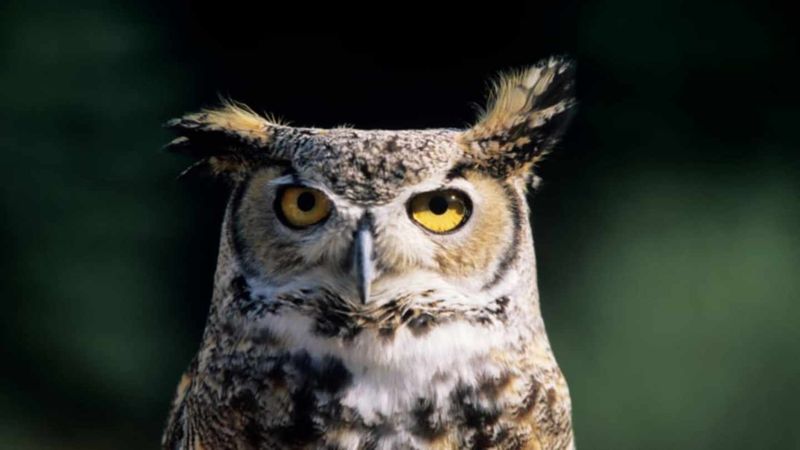
Owls boast a unique circulatory system that supports their remarkable head-turning ability. One of the most intriguing aspects of this system is their highly adapted blood vessels, which ensure a consistent blood supply to the brain, even during extreme head rotations.
This incredible adaptation prevents any interruption in blood flow, which could otherwise lead to dizziness or even brain damage in less-evolved creatures. The owl’s major blood vessels are specially structured to allow for this extraordinary flexibility.
Unlike humans, owls have smaller openings, or foramina, in their vertebrae through which the arteries pass. These foramina are about ten times larger than the artery’s diameter, allowing the vessels to slide as the head turns.
Moreover, owls have a backup reservoir of blood in the form of an arterial vascular network known as the ‘collateral circulation’. This network ensures that even if one route is constricted during a sharp turn, the brain remains nourished and functional. Such adaptations not only highlight nature’s ingenuity but also contribute to the owl’s prowess as an efficient nocturnal predator.
3. Efficient Hunting Technique
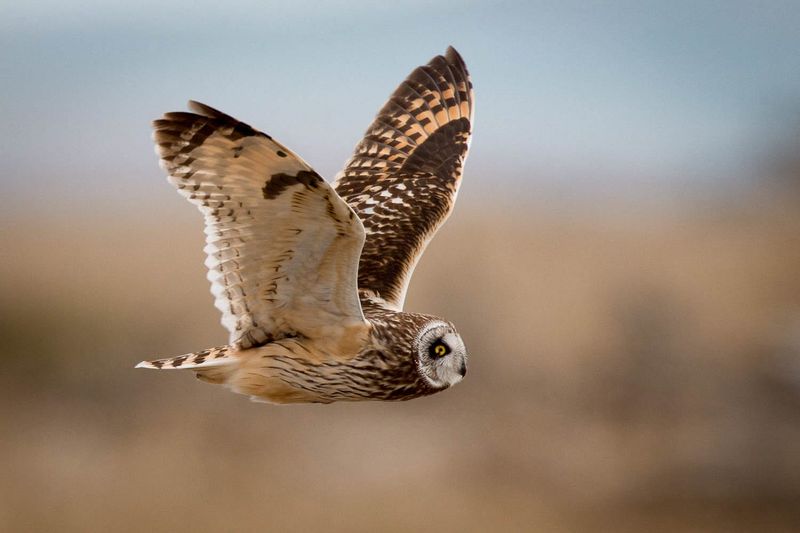
The owl’s ability to rotate its head significantly enhances its hunting prowess, making it a formidable predator in the wild. By turning their heads almost entirely around, owls can maintain a fixed gaze on their prey while their bodies remain perfectly still.
This unique capability allows them to scan large areas without moving, minimizing noise and avoiding detection. Owls are predominantly nocturnal hunters, and this silent observation technique is crucial for their survival.
Their exceptional head movement enables them to use their keen eyesight and acute hearing to pinpoint the exact location of potential prey. As they focus intensely on their target, their body remains motionless, ready to strike with precision and agility.
This head-turning ability not only aids in spotting prey but also allows owls to assess their surroundings comprehensively. They can detect any approaching predators or rivals, ensuring they remain at the top of the food chain.
By utilizing such an efficient hunting strategy, owls continue to thrive in diverse environments, showcasing their adaptability and resilience as skilled hunters.
4. Unmatched Visual Acuity
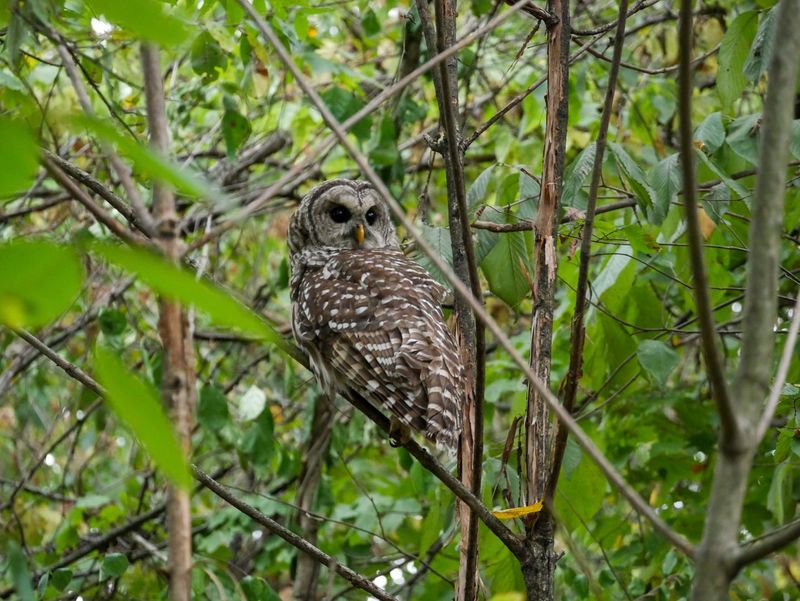
Owls are renowned for their exceptional visual acuity, a feature that is intricately linked to their head-turning abilities.
Their large, forward-facing eyes occupy a significant portion of their skull, allowing for excellent depth perception and binocular vision. However, these eyes are fixed in their sockets, meaning that owls must rely on head movement to change their field of view.
The ability to rotate their heads extensively compensates for their immovable eyes, granting them a wide range of vision. This is particularly advantageous during nighttime hunting, where their sensitive eyes can detect even the slightest movement under the cover of darkness.
With each turn of their head, owls gain a complete visual sweep of their surroundings, vital for spotting prey and navigating their habitat. In addition to visual clarity, this head movement also enhances their ability to judge distances accurately.
This acute depth perception is essential for executing precise and lethal strikes on unsuspecting prey. Owls, therefore, embody nature’s perfect balance between visual capability and physical adaptability, making them unparalleled nocturnal predators.
5. Evolutionary Adaptations
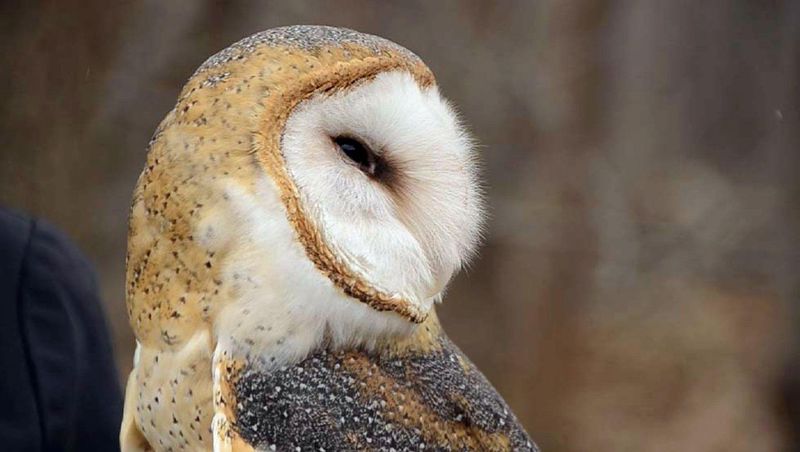
Owls’ ability to rotate their heads is a testament to their evolutionary success, a result of millions of years of adaptation. This fascinating trait has developed over time to accommodate their hunting and survival needs, showcasing the interplay between anatomical structure and environmental demands.
One of the key evolutionary adaptations is the development of their elongated neck, which supports greater rotational movement. This feature, combined with other anatomical innovations like specialized muscle and tendon configurations, highlights the owl’s gradual refinement as an apex predator.
Such evolutionary changes have not only enhanced their hunting efficiency but have also contributed to their ability to thrive across various habitats. From dense forests to arid deserts, owls have adapted their head-turning capability to suit their ecological niches.
This evolutionary journey underscores their resilience and versatility, marking them as one of nature’s most intriguing avian species.
6. Symbolism and Mythology
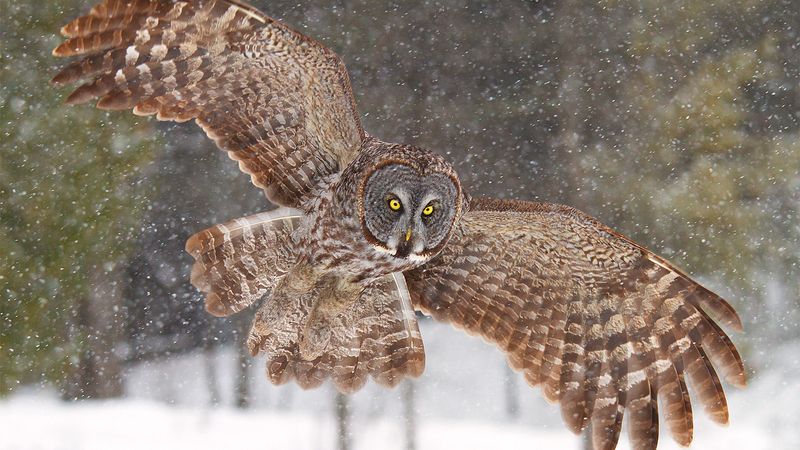
Beyond their biological explanations, the owl’s head-turning ability has permeated human culture, symbolizing wisdom, mystery, and the supernatural.
Throughout history, owls have been revered and feared, appearing in mythologies and folklore around the world. Their enigmatic nature, highlighted by their head-spinning trick, has made them symbols of insight and foresight.
In many cultures, owls are associated with the divine or the afterlife, believed to be messengers between the earthly and spiritual realms. The ancient Greeks revered owls as companions of Athena, the goddess of wisdom, while Native American tribes often saw them as protectors or omens.
This blend of biological marvel and cultural significance makes the owl a creature of intrigue and reverence. Their head-turning ability extends beyond physical necessity, weaving into the fabric of human storytelling and imagination.
As we continue to study and admire these birds, they remain a symbol of the unknown, embodying both the mysteries of nature and the depths of human creativity.

